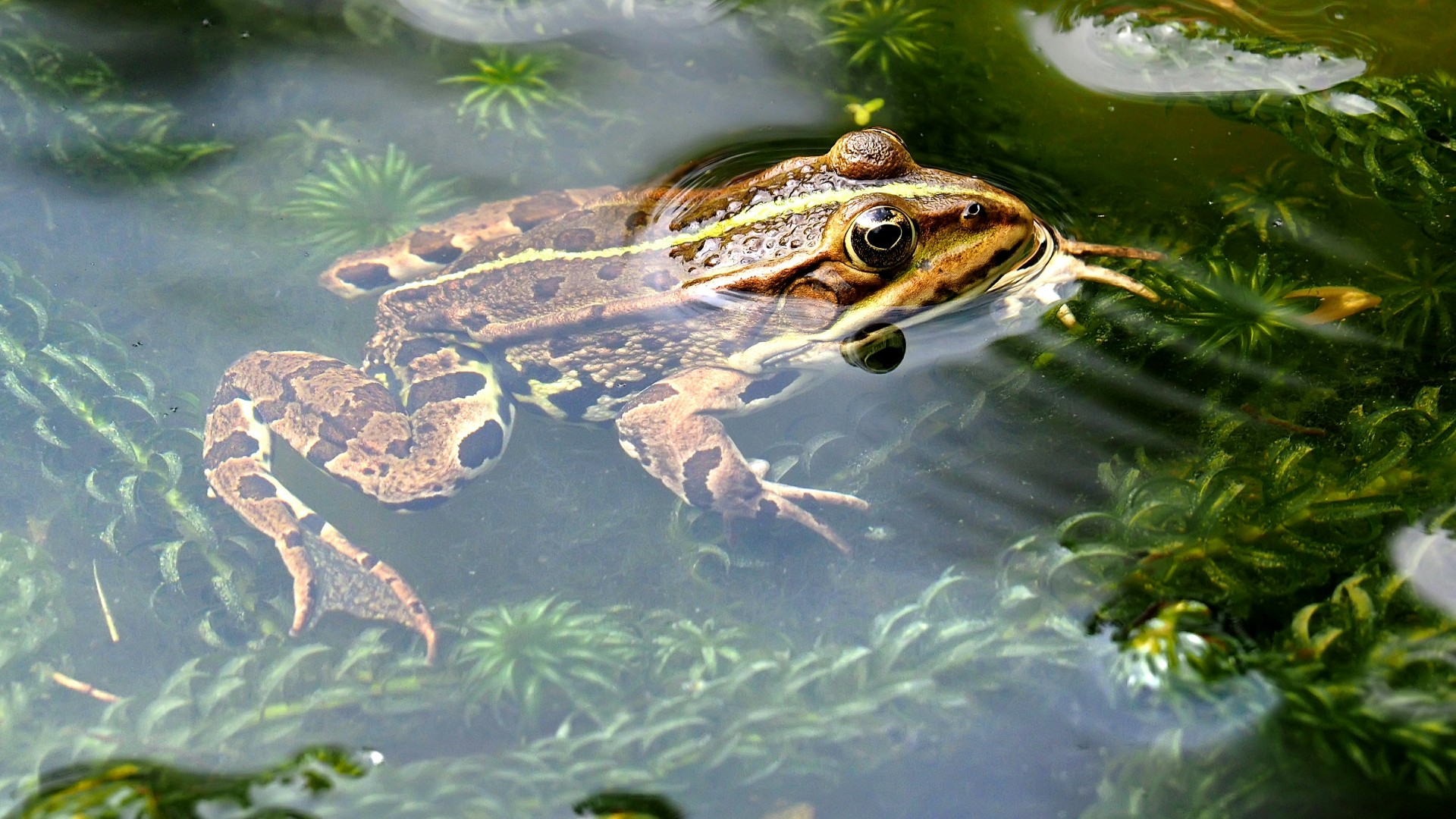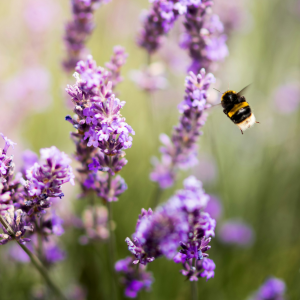Wild gardens & No Mow May
Like to encourage local birds, bees and other wild animals? Large or small, your garden can be a haven for wildlife, encourages Rescue & Care Coordinator Tarnya Knight.

There are lots of ways to make your garden more wildlife friendly but, did you know, a great way to start is not to do anything?! In 2019, wild plant conservation charity Plantlife started a campaign called No Mow May, and you can get involved.
A simple way to encourage wildflowers is to ‘let your lawn grow’ and not mow all or part of your grass during the month of May. These flowers are a vital food source for pollinators such as bees, butterflies and bats, to name but a few. Long grass and wildflowers can also help tackle pollution and even lock away carbon below ground.
But, there are plenty of other easy ways you can make your garden more wildlife friendly. And, if you don’t have a garden, you can still help wild animals in your neighbourhood by volunteering at your local wildlife hospital, or joining a local wildlife group.
You can make your garden more wildlife friendly:
 Compost heaps and log piles provide good shelter for frogs and toads. A toad home can simply be made by turning a plant pot upside down, making a hole in the side and filling with leaves.
Compost heaps and log piles provide good shelter for frogs and toads. A toad home can simply be made by turning a plant pot upside down, making a hole in the side and filling with leaves.- Night scented flowers, such as honeysuckle or evening primrose, help attract bats. Bat boxes offer safe places for bats to roost. But, place as high as possible and these should never be coated in preservatives, as this is toxic to bats.
- Leave an area of your garden ‘wild’ – allow wildflowers and plants to grow, creating much needed habitats.
- Hedgehog homes can provide safe shelter and resting places for hedgehogs. They should be placed in a quiet and shaded area of the garden where they won’t be disturbed.
- Avoid using slug pellets, many contain metaldehyde which will kill a range of wildlife, including hedgehogs.
- If you have to use netting for your plants, make sure that it is at least a foot above the ground, otherwise hedgehogs can become entangled in the netting, resulting in serious injury or death.
- Creating a pond, whether small or large, will attract an abundance of wildlife. Position the pond in a sunny part of your garden and ensure it has at least one gently sloping side, or form a ramp, so hedgehogs and other creatures are able to escape. If you have young children and are concerned about the dangers of a pond, then a bog garden would be an ideal alternative.
- Make sure you use peat-free compost on your garden. Peatlands are habitats for insects, animals and plants and removing peat has negative impacts on the wildlife which rely on it.
- Plant native shrubs, trees and hedgerows – they will provide food and shelter for an array of wildlife.
- Make a modest hole in your garden fence at ground level so that hedgehogs can roam freely from garden to garden.
- Provide a bird table/feeders and bird bath – make sure these are cleaned and refilled with fresh water regularly.
